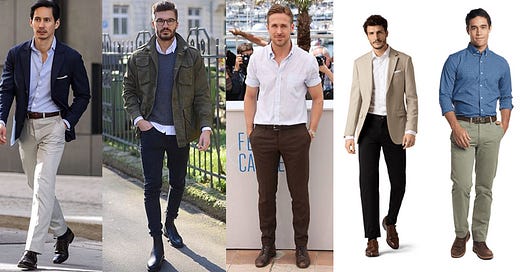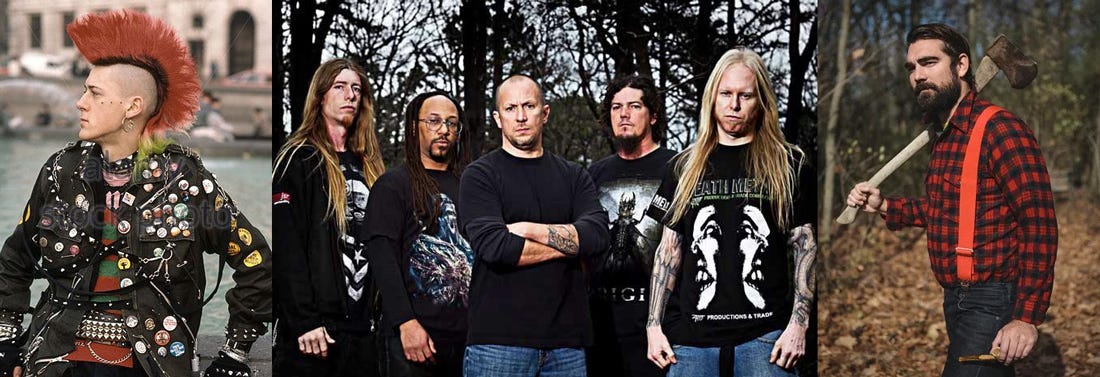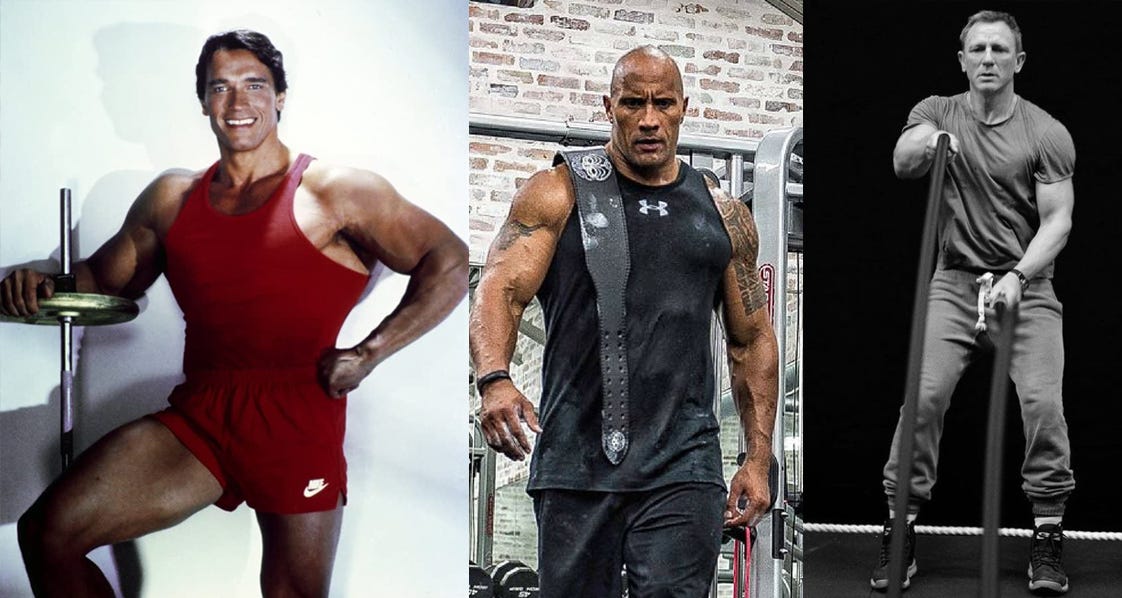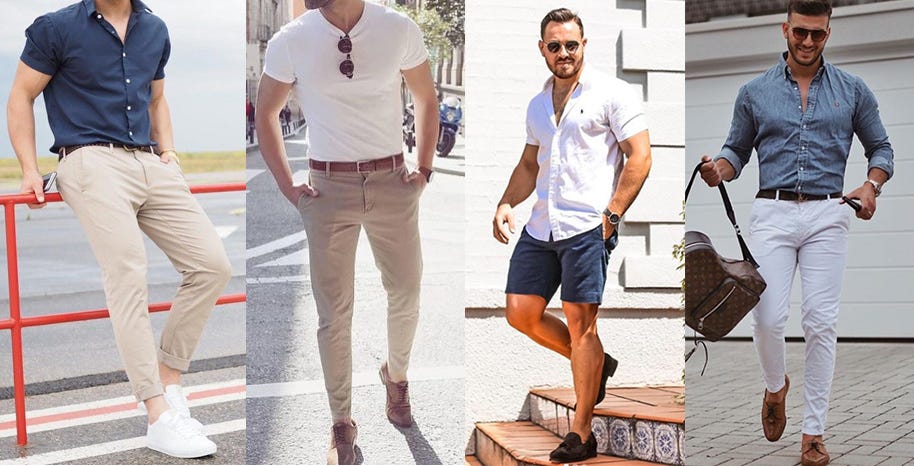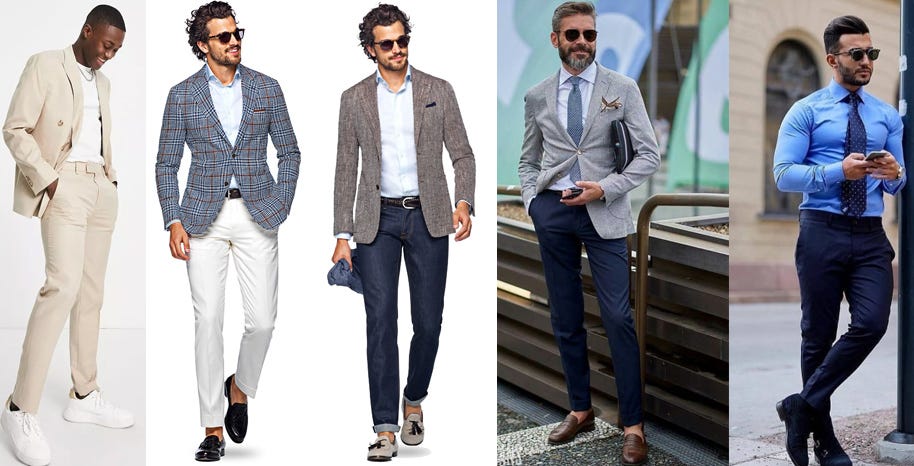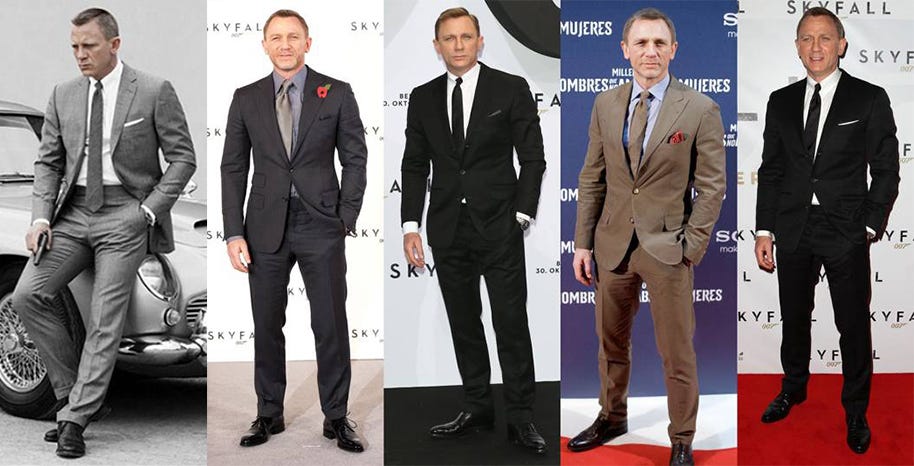Once you have a good foundation, let’s go over what to wear and when. Just a quick overview of the clothes to put in your closet. (Not drawers. Closet.)
First a disclaimer: consider your subcultures. Specific groups have ways of visually identifying fellow members instantly. Music fans are usually the easiest to recognize. Goth, punk, metal, country, etc.
One of my issues with modern fashion advice is that it’s prescriptive. Not enough consideration for personality and preferences. What is good is a fancy blazer if you’re rolling up to the latest Devourment tour? Will your Steve Madden loafers stand out at a Dixie Chicks concert? Are your friends lumbersexual hipsters? Etc.
Style needs nuance. In either case, whatever you’re wearing, you have to be comfortable when wearing it. You don’t need to stand out too much. When in Rome, and all that.
Outside of these niche situations though, there IS a baseline on what’s “fashionable.” Certain items of clothing are generally superior or carry a certain weight compared to others. Remember that you have extra leeway if you’re jacked and have a good-looking frame.
In general, the types of clothing belong to (in ascending order of formality)
Gym and loungewear
Casual
Smart Casual and Business Casual
Semi-Formal
Formal
Black Tie and White Tie
I imagine most dudes reading this are interested primarily in the casual to business casual range. This can be tricky to nail down, so I’ll talk about it more in a future post.
This article is only a brief introduction.
Gymwear and Loungewear to consider
Comfortable breathable fabrics. Anything without holes is good. A tank-top, shorts, and a pair of Converse are all you need. Or whatever your footwear of choice is. I’m not a Crocs guy but some people throw those into this category too.
If you want to get fancy at home, buy a robe.
There are tons of options and the specific choices aren't important. If you’re concerned with gym fashion or at-home fashion, you’re going about it the wrong way. If something has multiple holes and is disintegrating off your body, yeah, you’ll want to replace that. Otherwise go nuts. Wear a clown mask and chug some beers with an Austin 3:15 shirt if you want.
What makes for Casual wear
T-shirt
Jeans
Sneakers
Simple - which is fine. And you want to keep it simple. No graphics or text on your shirt. Logos kept to a minimum. Jeans should be clean, decent cut, and few to no holes. (Personally I don’t like the pre-made hole thing.)
There are ways to “dress up” casual wear so you don’t look like you rolled out of a Wal-Mart. Even if you did buy your clothes at a Wal-mart, it doesn’t have to appear that way.
Sneakers can be replaced with leather white tennis shoes, loafers, espadrilles, driving shoes, etc. Jeans can be replaced with chinos. T-shirts can be replaced with a henley or polo shirt. Note that if you replace more than one item, you’ll be shooting for the next tier up. If you’re going to upscale your casual wear, keep things casual overall.
If you wear jeans and have a jean jacket, they should be different washes. Looks goofy if they match. Other good choices for outerwear: field jackets, bombers, leather jackets, etc.
Hats are fine if they’re simple. Aviators are often the best style of sunglasses. I’ll cover accessories in a future article.
Stepping up for Smart Casual (“Dressy Casual”)
Collared shirt, often gingham or plaid (nice t-shirts or turtlenecks may work)
Chinos, khakis, or linen/cotton pants (nice jeans are sometimes fine)
Decent shoes (loafers, boots, nice sneakers, etc.)
Decent jacket
Note: some people define ‘smart casual’ as being above ‘business casual’ but it varies by tradition/workplace.
If you want to look good on a daily basis, you’ll spend most of your time in this tier. It doesn’t have any hard rules so there’s a lot of flexibility. It isn’t your most casual outfit, but it isn’t formal enough to wear to a 9-5 either. Upscale enough items from the previous section, and here’s where you land.
This is sometimes the dress code for startup/tech companies. It’ll mix-and-match with casual/business casual wear for something that evens out. Like a t-shirt with chinos or collared shirt with jeans. Smart casual often has an extra flair to it though. It looks nonchalant.
The all-too-familiar Business Casual
Collared shirt (and/or nice sweater)
Chinos, khakis, or wool pants (never shorts)
Decent shoes (not sneakers)
Decent jacket
This is similar to smart casual and may be in the same category to some people. Most large companies have this dress code, and specifics vary. It can be pretty stuffy.
The collared shirt is typically a lower-end dress shirt or higher-end polo shirt. If you have a dress shirt, it’s usually colorful or patterned, since white dress shirts are more formal (often paired with suits). Likewise, ties are rare here.
T-shirts, jeans, and sneakers are typically nonexistent in this tier. The shoes are usually decent. Loafers, brogues, chukka boots, chelsea boots, etc.
The stereotypical “business casual” outfit is khakis with a light blue button-up shirt and loafers. You can easily do better.
Semi-formal wear
The next level up is a step removed from wearing suits. Adding better shoes and a sport coat or blazer to your semi-casual outfit may get the job done. A suit with sneakers and polo shirt falls into this tier too. This is a recent invention and hasn’t really caught on, as far as I can tell. But it does exist as an option. Ties may be optional.
The semi-formal tier is reserved for moderately upscale restaurants, classy dates, and events which aren’t wedding-tier levels of formal. Businesses usually don’t touch this. They either want employees to be more formal, or more relaxed.
Formal wear means suits 100% of the time
Full suits are preferably made with wool and/or silk. Off-the-rack suits are to be avoided unless you’re crazy lucky with fit. You WILL need custom tailoring, otherwise the suit won’t look right.
Dress shirt (ideally with cufflinks)
Tie (you’ll slip into semi-formal territory if you remove the tie and change your shirt/shoes)
Tie bar OR pocket square (not both, otherwise you’ll have too much going on)
Suit jacket and pants (don’t mix-and-match)
Polished leather shoes (Oxfords and Derbys are common)
Dark suits are the most formal, and black is reserved mostly for funerals or other high-profile events. The suits you’re most likely to wear are gray, brown, or blue (charcoal gray and navy blue still being more formal than lighter colors). Medium-to-light gray/tan/blue are on the less formal end.
If your dress shirt has stripes or patterns, your tie and suit will be a flat color, and vice versa. Again, you don’t want too much going on.
There’s a surprising amount of nuance here which needs its own Substack post. TBD. Pocket squares, button counts, suit cuts, tie bars, handkerchiefs, belts, suspenders, etc.
Even more formal: black tie and white tie events
These are extremely formal. Rigid with clear rules and guidelines. As such, I don’t think I need to cover them. Most people don’t even need to know black/white tie exists, unless you’re the type who’d go to events like The Met Gala. If you know what a cummerbund is, and like top hats, then this is your tier.
CONCLUSION
Dress for yourself and for the situation at hand. If your colors and fit are on point, and you’re handsome and jacked, you don’t really need more information on what to do. I’ll continue covering more details, because there are A LOT, but these are the basics. You’ll only need a few Substack posts to be in the top 10-20% of all men.
Until next time, frens.
Read the full series:
The Foundations: Men’s Fashion 101
Dress Codes and Style: Men’s Fashion 102 ←- you are here
How To Choose Your Wardrobe Colors: Men’s Fashion 103
Introduction to Fit: Men’s Fashion 104
Introduction to Shoes: Men’s Fashion 201
Introduction to Watches: Men’s Fashion 202
Introduction to Accessories: Men’s Fashion 203
Introduction to Fragrances: Men’s Fashion 204
Introduction to Hairstyles and Beards: Men’s Fashion 205

